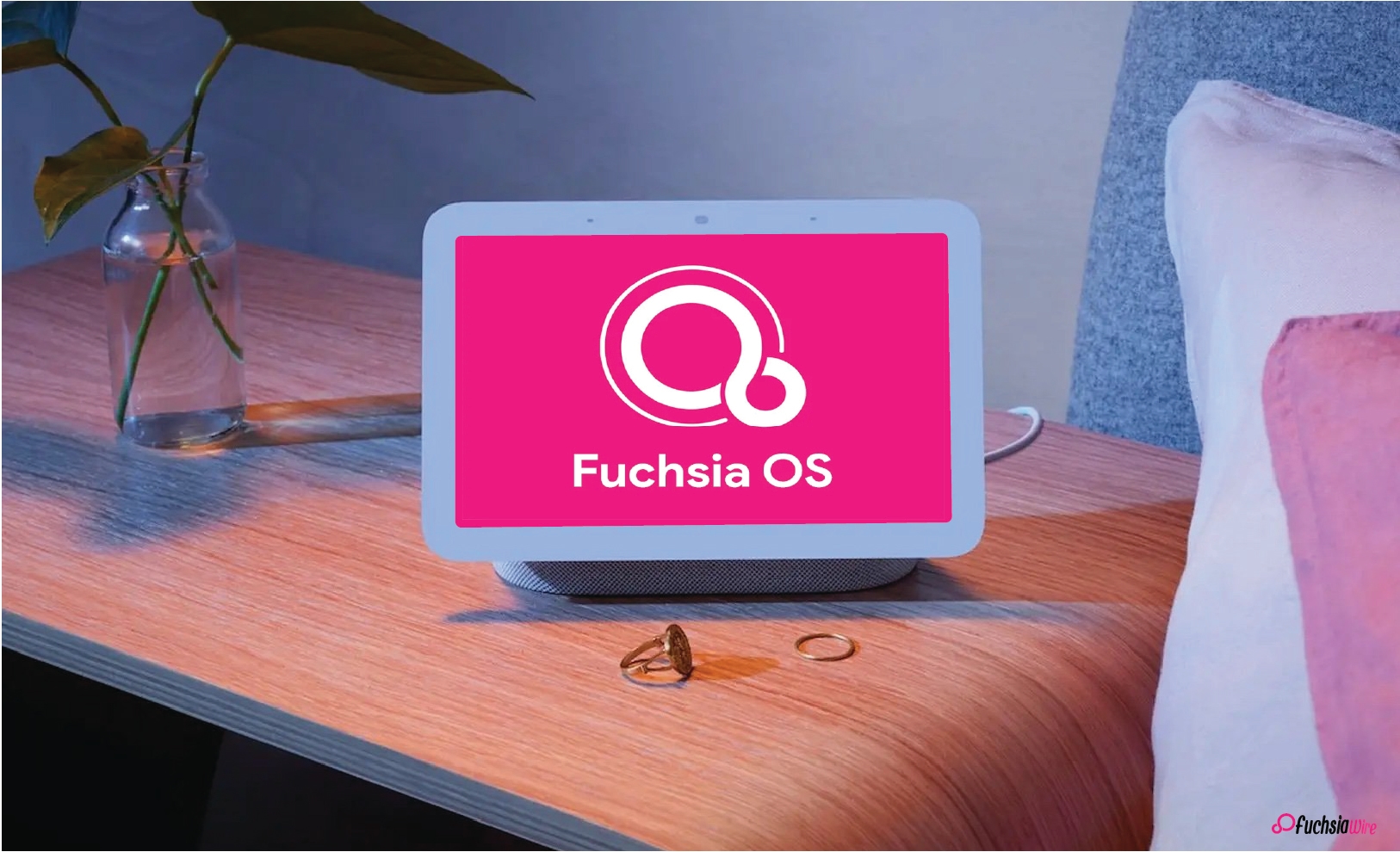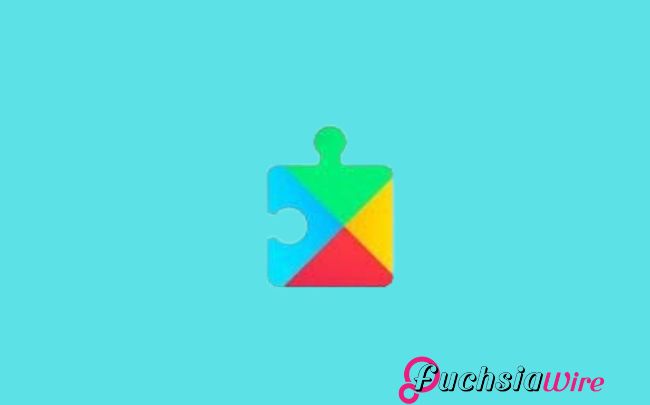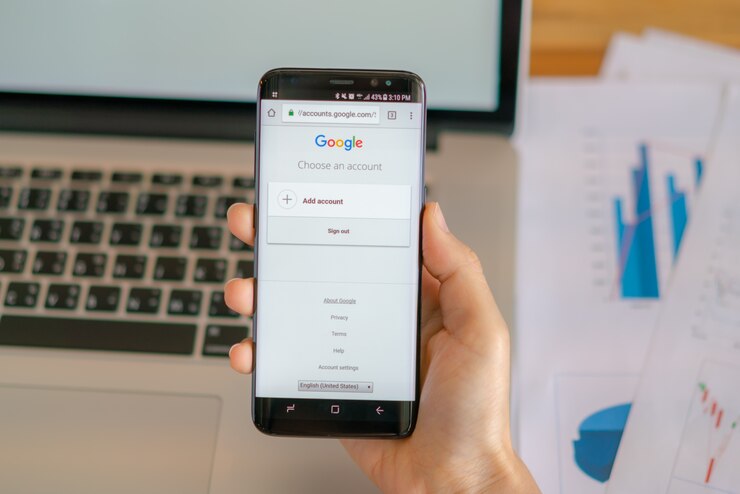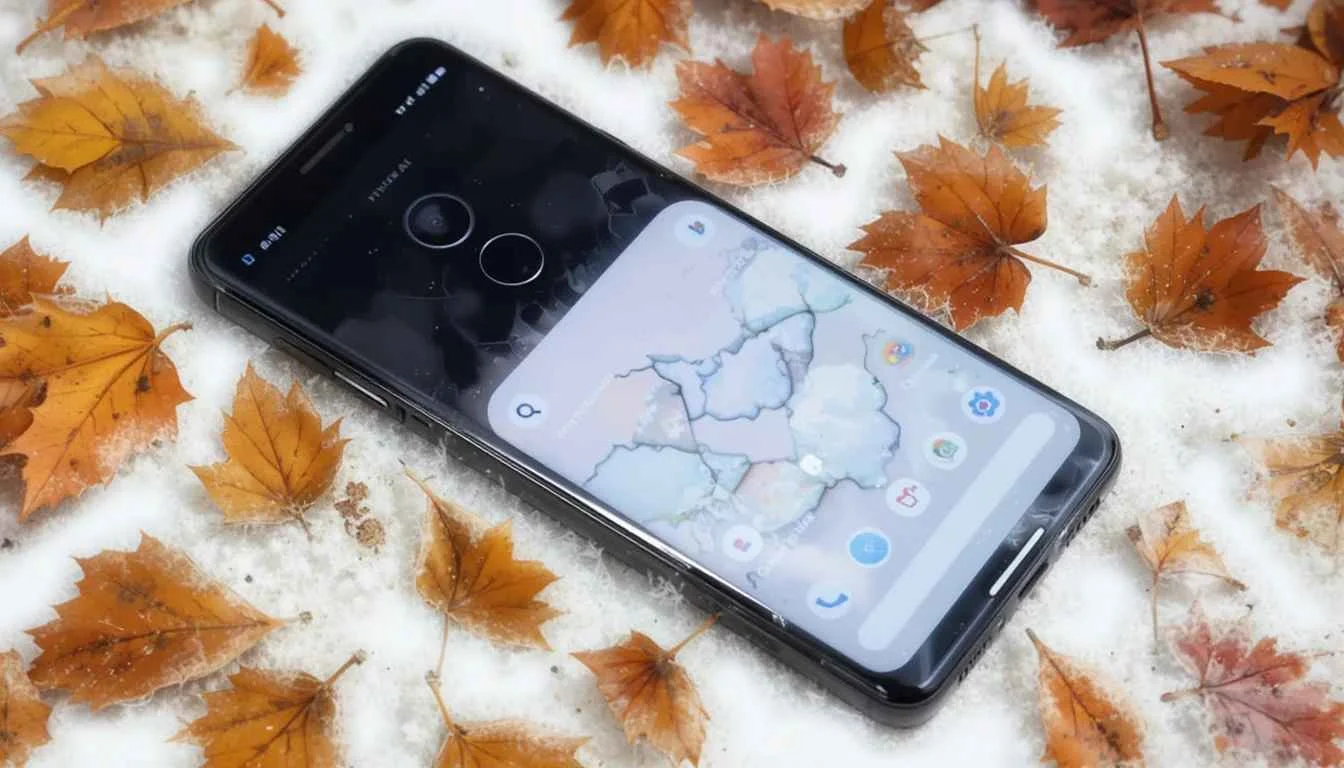Google is madly deploying a short feed straight inside the YouTube TV App for smart TVs. This brings the popular short-form video format to a bigger screen.
It is simultaneously driving frustration for some users who notice their subscriptions. This is also for those who prefer channels ending up farther down the home screen.
Shorts Take Front Stage on Your TV

After achieving success on mobile, YouTube is fielding its short-form video format, Shorts. It is based prominently on the main UI of the YouTube app on smart televisions.
This new feed usually comes up at the top of the home screen. In most cases atop the standard rows of recommended videos and most importantly the user’s subscriptions.
Where You’ll Find It
The dedicated shorts shelf is being worked into the main home screen of the YouTube app. This position guarantees visibility, turning Shorts into a key part of the browsing process.
The interface replicates the mobile app. That’s why people can scroll up and down through an infinite amount of short, watchable videos.
The Subscription Problem
The coming of Shorts to TVs may be attractive for people who love bite-sized content. However, it’s receiving backlash from those who chiefly use YouTube to track particular channels and creators.
By putting the Shorts feed front and center, the rows of new videos from subscribed channels are relegated further and further down the scroll. This shift makes the process of finding and viewing the content they actively search for through their favorite creators inconvenient.
User Feedback and Limited Control
At the moment, there seems to be no in-built function for the YouTube TV app in place to switch off or rearrange the Shorts feed.
This lack of control on behalf of users is the major argument. It is against those who would want a viewing experience based on their subscriptions and longer-form content.
A lot of users are announcing their anger at having this prioritization of Shorts forced upon them in online forums and social media.
The Sum Up
YouTube will keep tracking user feedback. It will also introduce customization features with further updates. This allows the viewers to choose the customization level that they like when opening their home screen.
This change explains the current underlying tension between platform strategies to broad public outreach. The desire of individual users to personalize their viewing experience.
Also Read: YouTube Celebrates 20 Years with TV App, Multiview Tease
























